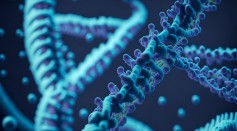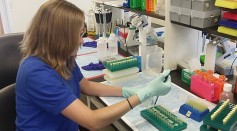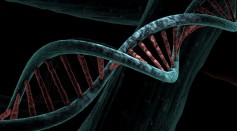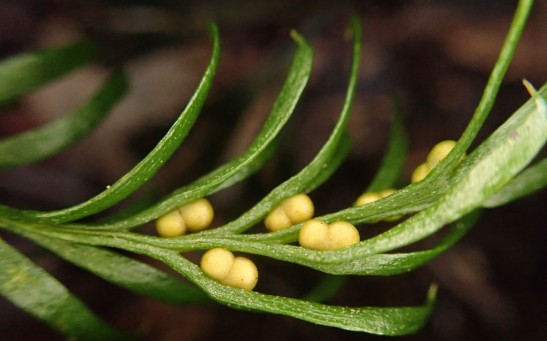dna

Ancient Viruses Embedded in Human DNA Linked to Major Psychiatric Disorders
Man Finds Out He Has 98% More Neanderthal Genes Than Average Person After DNA Test
Two Ferrets Successfully Cloned From Frozen DNA Sample Taken in 1988; Can This Process Save Other Species From Extinction?
Indestructible Tardigrades Survive Radiation by Ramping Up Production of DNA Repair Genes
Long-Term Memory Formation Requires DNA Damage and Brain Inflammation, Study Reveals
In Vivo Gene Editing: Scientists Use CRISPR Technology to Modify DNA Inside a Person’s Body
DNA-Tailored Diet Could Help Manage Blood Sugar, Reduce Risk of Type 2 Diabetes Progression [Study]
Artificial Nucleotides Developed for the First Time Could Pave the Way to Fully Synthetic Nucleic Acids With Enhanced Chemical Functionalities
Reprogrammed Bacteria: Radio Waves Can Alter Microbes to Become Life-Saving Drugs With 91% Efficacy

Over 275 Million New Gene Variants Discovered in Groundbreaking US Research Project; Why Is Knowing a Population's Genetic Diversity Important?
One Million New Exons Discovered in Nucleic Acid Sequences in Humans; DNA Stretches Open New Paths for Exploring the Dark Genome
First Farmers Led to Swift Hunter-Gatherer Extinction in Scandinavia, DNA Analysis Reveals

Synthetic DNA Designed for Genetic Tracing of Cell Identities Shows Potential for Improved Immunotherapies

Ancient Human DNA Unveils Surprising Origins of Multiple Sclerosis, Height Disparities, and Migration Legacy in Europe
Most Popular

AI Revolution in Medical Education: Transforming How Healthcare Professionals Learn

China’s Tiangong Space Station to Expand Its Capabilities With New Modules

Exploring Life Beyond Earth: Study Claims Other Planets Could Be Suitable for Alien Life

Nikolay Karpenko Biography, Photo, Career, Accomplishments






